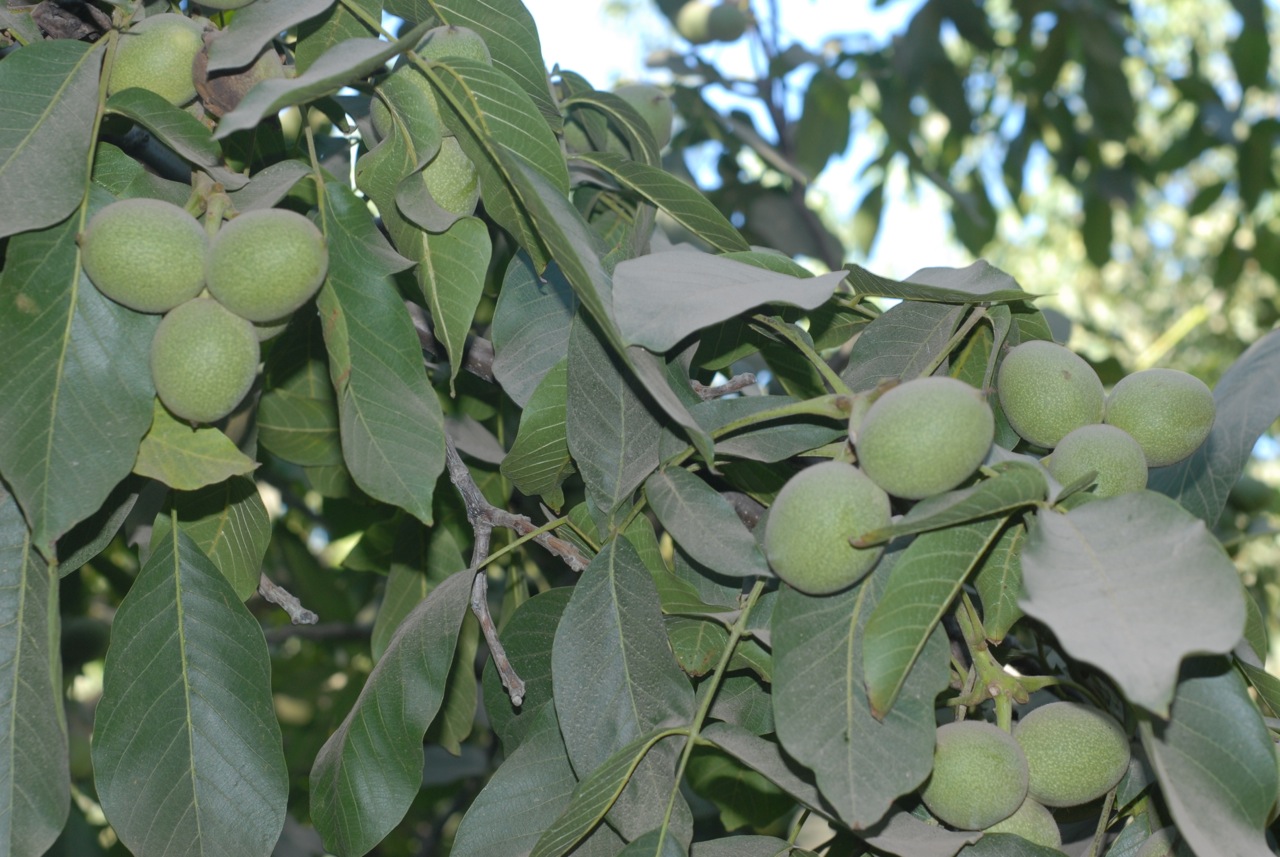California Ag Today: California Walnut Growers Support its Board
CALIFORNIA WALNUT GROWERS OVERWHELMINGLY SUPPORT CONTINUTATION OF MARKETING ORDER
Ninety-five percent of eligible California walnut growers who voted and ninety-three percent of the volume represented in the referendum favored continuing the Federal Marketing Order and the efforts of the California Walnut Board. This is the first continuation referendum vote ever held by the industry.
“It’s rewarding to know that the work of the California Walnut Board is recognized by the growers and handlers we strive to serve,” said Dr. Jerome Siebert, Chairman of the California Walnut Board. “When we come together as an industry, we are powerful at addressing challenges and generating far-reaching results for all California walnut producers.”
Voting in the referendum took place from April 1 through April 19, 2014 and those eligible to vote were growers engaged in the production of walnuts within the state during the period September 1, 2012 through August 31, 2013. In order for the referendum to pass, at least two-thirds of eligible producers must vote in favor of continuance. Since the order was amended in 2008, a vote is now required every six years.
“We’re grateful for the continued support of our growers, who see the value of working together to benefit the entire industry,” said Dennis A. Balint, Executive Director of the California Walnut Board. “There is more work ahead, but we’re starting from a good place and will continue to build on several decades of experience, relationships, research and success.”
The California walnut industry is made up of more than 4,000 growers and 100 handlers. The growers and handlers are represented by two entities, the California Walnut Board and the California Walnut Commission.
California Ag Today















